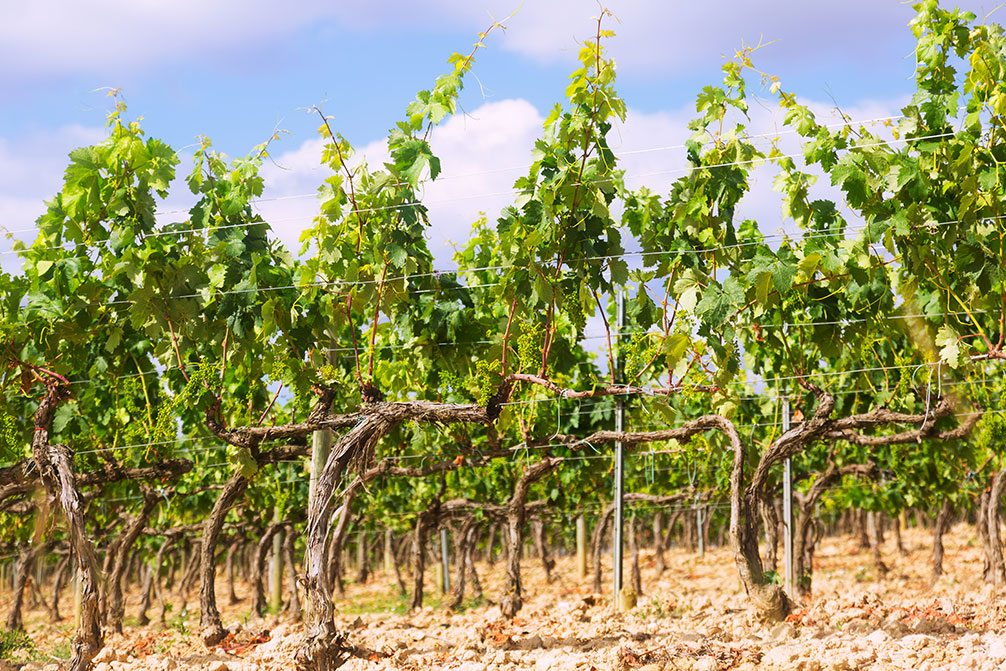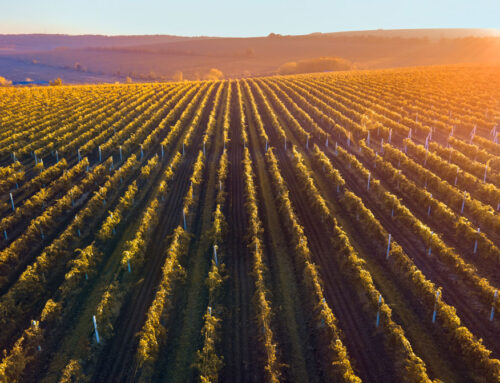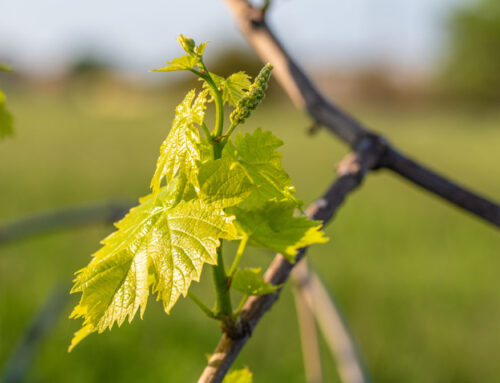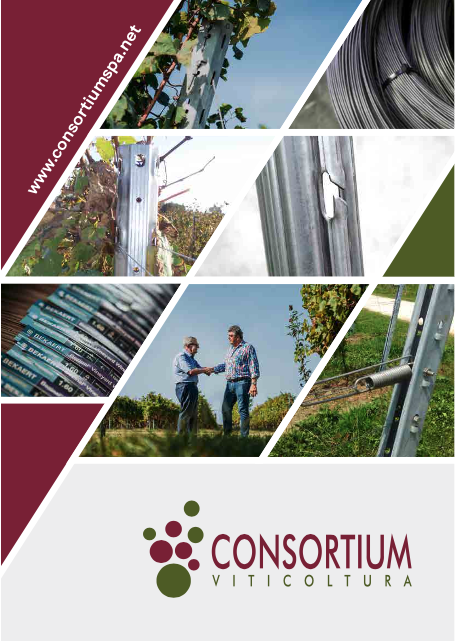Agronomic techniques, but more specifically, the form of farming, can have a major influence on the expression of phenolic substances.
Changes in phenolic metabolism in fact depend directly on protein synthesis, the latter perhaps accentuated by nitrogen availability or water use (Kliewer, 1977).
Nitrogen also has an indirect effect on polyphenol accumulation as it causes an increase in vegetative development with associated known shading effect on the cluster area with problems relatively to the berry ripening process (Bertamini & Mattivi, 1999).
Precisely the spatial distribution of clusters and shoots, determined by the form of farming, turns out to have heavy repercussions on the maturation of phenolic substances, and especially anthocyanins.
Numerous authors (Kliewer, 1970; Smart et al., 1985; Iacono et al., 1992) have reported that direct solar radiation on the clusters, facilitated by optimal canopy management, is an extremely important factor in red berry coloration.
Iland et al. (1994) report that below the ratio of 1 m² leaf area/kg. of grapes produced, the anthocyanin content in Pinot Noir is severely penalized, since the leaves, by providing the sugar supply for the berries, indirectly affect the anthocyanin content.
Still Smart et al. (1998) report that defoliation in the cluster area, when not subjecting the clusters to too high temperatures, can also increase color.
Thus, canopy manipulations performed in the later stages of ripening can significantly alter the concentration in phenolic compounds in grapes and wines (Bertamini & Mattivi, 1999). In addition, the same authors point out that adopting high levels of productivity also drastically lowers anthocyanin contents; instead, lower production potential corresponds to a more modest correlation between productivity and polyphenols. Under these conditions, the determining effect is exerted by the microclimate of the cluster area induced by the training form.




